Understanding Your Pet’s Play Needs
When it comes to keeping our furry friends happy and healthy, understanding their play needs is crucial. Active and engaging playtime is essential for pets, as it contributes to their physical fitness, mental stimulation, and emotional well-being. Providing the right pet toys can significantly enhance your pet’s quality of life. As a pet owner, it’s important to recognize the various aspects of playtime and how to cater to your pet’s preferences.
Importance of Playtime for Pets
For pets, playtime is not just about having fun—it’s a vital activity that serves multiple purposes. Here’s why play is essential:
- Physical Exercise: Regular play helps keep pets fit, reduces obesity, and promotes cardiovascular health.
- Mental Stimulation: Interactive and challenging toys can improve cognitive skills and provide enrichment that prevents boredom.
- Socialization: Playtime encourages social interactions, essential for puppy development and positive pet behavior.
- Bonding Time: Engaging in play can strengthen the bond between you and your pet, creating a happier household.
Varieties of Pet Toys Available
The market is flooded with different types of pet toys designed to meet diverse needs. These options include:
- Chew Toys: Perfect for aggressive chewers, these toys help clean teeth and reduce anxiety.
- Interactive Toys: Engage pets mentally and physically through puzzles and treat dispensers.
- Fetch Toys: Balls and flying discs that promote physical activity and can enhance agility.
- Plush Toys: Soft toys for gentle play, offering comfort and companionship for your pets.
Assessing Your Pet’s Preferences
Understanding your pet’s individual preferences is crucial. Observe their play behavior to determine what captivates their interest. Some pets may prefer tugging and fetch toys, while others might enjoy solving puzzles. Additionally, age, breed, and temperament also play significant roles in toy preference.
Types of Pet Toys
Interactive Toys for Mental Stimulation
Interactive toys are designed to engage pets actively, stimulating their minds and challenging them. Examples of these include:
- Puzzle Toys: Toys that require pets to solve a problem to access treats keep them engaged for longer periods.
- Automated Toys: Some toys move or make sounds automatically, captivating pets’ attention and encouraging chase and play.
- Hide-and-Seek Toys: These toys allow pets to explore and ‘hunt’ for hidden treats, enhancing their natural instincts.
Durable Chew Toys for Aggressive Chewers
If you have a tough chewer at home, investing in durable toys is critical:
- Rubber Toys: Tough and long-lasting, rubber toys can withstand aggressive chewing.
- Chew Bones: Made from various materials, these bones are designed to satisfy your pet’s urge to chew and help keep teeth clean.
- Rope Toys: Great for tugging and chewing, they can help shed plaque and tartar from teeth.
Soft Toys for Gentle Play
Soft toys are perfect for pets who prefer gentle play or use toys for comfort:
- Stuffed Animals: These provide comfort and a sense of security, making them great for anxiety-prone pets.
- Squeaky Toys: Many dogs love the sound of squeakers; these toys can stimulate play and excitement.
- Plush Toys: Available in various shapes and sizes, plush toys are perfect for snuggling and soft play.
Choosing Safe and Non-Toxic Pet Toys
Understanding Materials Used in Pet Toys
Safety should always be a priority when choosing pet toys. Here are materials you might commonly encounter:
- Natural Rubber: A safe and durable option that is flexible and non-toxic.
- Organic Cotton: Eco-friendly and safe for pets. Look for toys free of harmful chemicals.
- Hard Plastic: Great for robust toys, but check for small parts that could pose choking hazards.
Signs of Wear and Tear to Watch For
Regular inspection of pet toys is crucial. Here are signs that indicate it might be time to replace a toy:
- Visible rips, tears, or holes in plush toys.
- Chewed-off pieces that could be a choking hazard.
- Discolored or brittle plastic that could break easily.
Recycling Old Pet Toys Responsibly
When it comes time to retire a toy, consider these environmentally friendly disposal methods:
- Donate: Functional toys can be donated to animal shelters or rescue groups.
- Repurpose: Some toys can be turned into new items, like cleaning rags or crafting materials.
- Recycle: Check local guidelines on recycling plastic or fabric materials.
Best Practices for Introducing New Toys
How to Introduce Toys Gradually
Introducing new toys to your pet can be an exciting experience, but it’s important to do so gradually:
- Start with one new toy and gauge their reaction before adding more.
- Encourage play by engaging with your pet using the new toy.
- Store away toys that are not being played with regularly to maintain their novelty.
Monitoring Your Pet with New Toys
Always supervise your pet during playtime with new toys:
- Watch for any signs of distress or hesitation while interacting with the toy.
- Ensure there are no choking hazards present.
- Be alert for any potential ingestion of small parts.
Incorporating Toys into Daily Routines
Make pet toys a regular part of your pet’s daily routine to maintain high engagement levels:
- Set designated playtimes each day to help your pet anticipate fun.
- Rotate toys to keep the environment stimulating and exciting.
- Use toys during training sessions to reinforce commands and behaviors.
Where to Buy Quality Pet Toys
Top Online Retailers and Brands
Here are some reputable online retailers where you can find quality pet toys:
- Chewy – Known for a wide selection and competitive prices.
- Amazon – Offers a vast array of options and quick shipping.
- PetSmart – Features many in-store pickup options if you prefer shopping locally.
Local Pet Stores vs. Online Shopping
Shopping locally can have its benefits:
- Personal Touch: Staff can provide tailored recommendations based on your pet’s needs.
- Instant Gratification: No waiting for shipping; you take the toys home immediately.
- Support Local Businesses: Shopping locally helps support your community.
However, online shopping offers convenience, broader selection, and often lower prices. Consider your priorities when shopping for pet toys.
Comparing Prices and Quality
When shopping for pet toys, it’s wise to compare prices and ensure the quality meets your standards:
- Look for sales or promotions, especially during holidays.
- Read reviews from other pet owners to gauge durability and safety.
- Check for brand reputations—top brands often come with guarantees of quality.
Conclusion
Understanding your pet’s play needs and providing the right toys can foster a happier and healthier environment for your furry friends. From interactive toys that challenge their minds to durable chew toys for aggressive chewers, the variety and choice are abundant. Remember to consider safety, monitor playtime, and regularly assess your pet’s preferences to find the best-fit toys that resonate with their unique personality. Most importantly, make playtime a cherished part of your daily routine together!
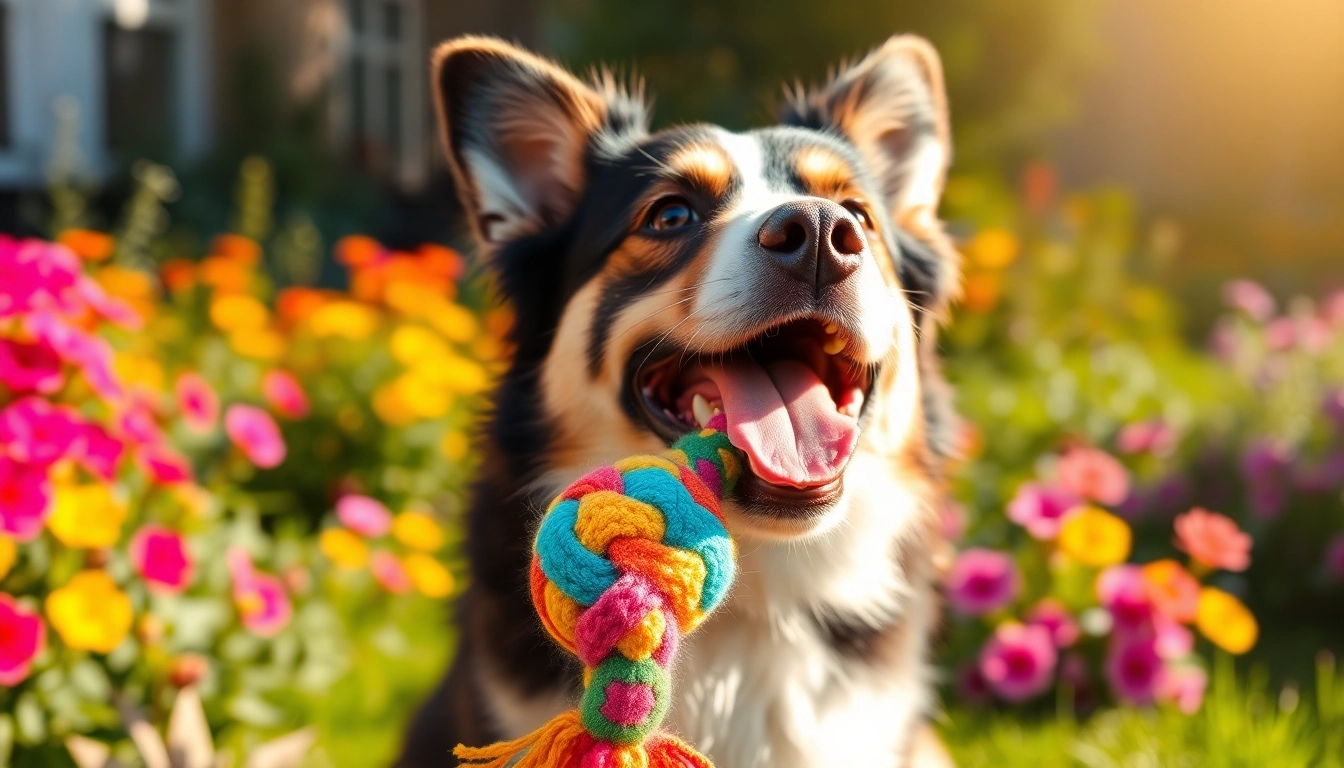
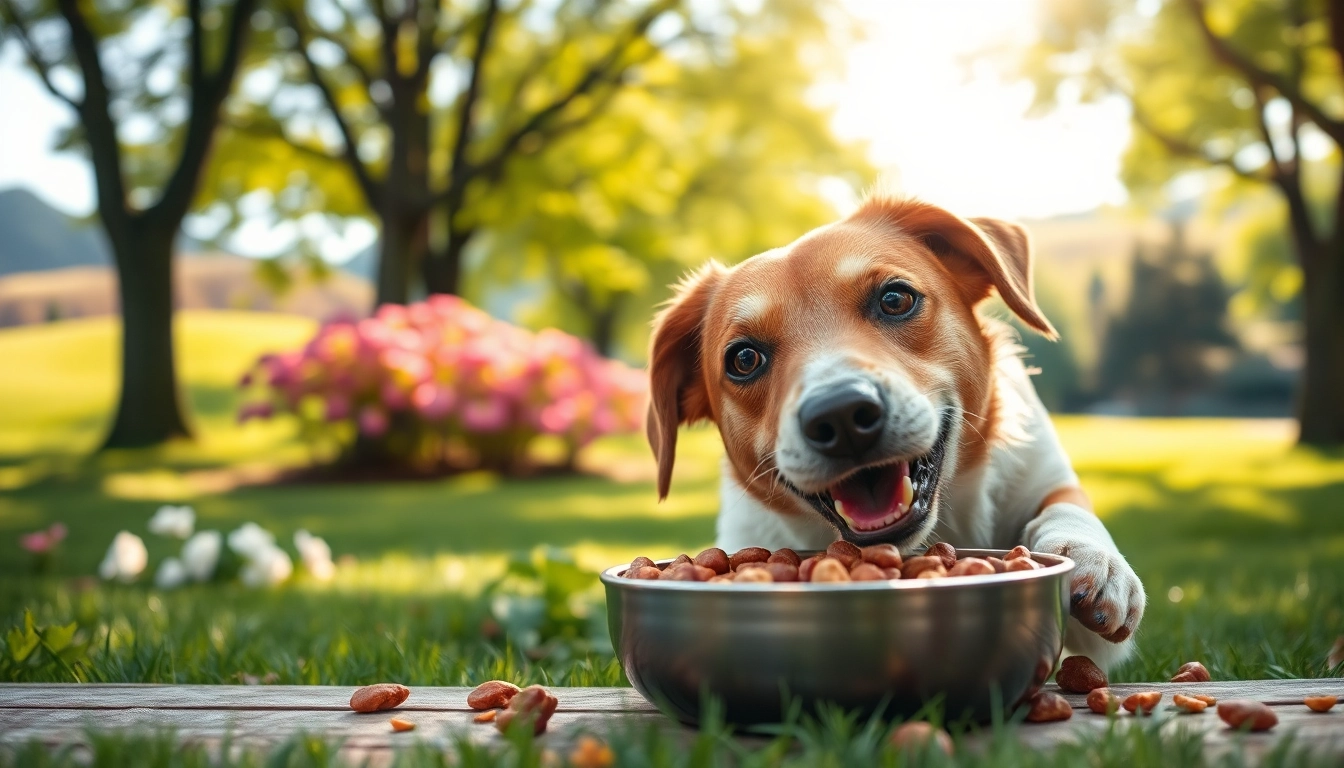
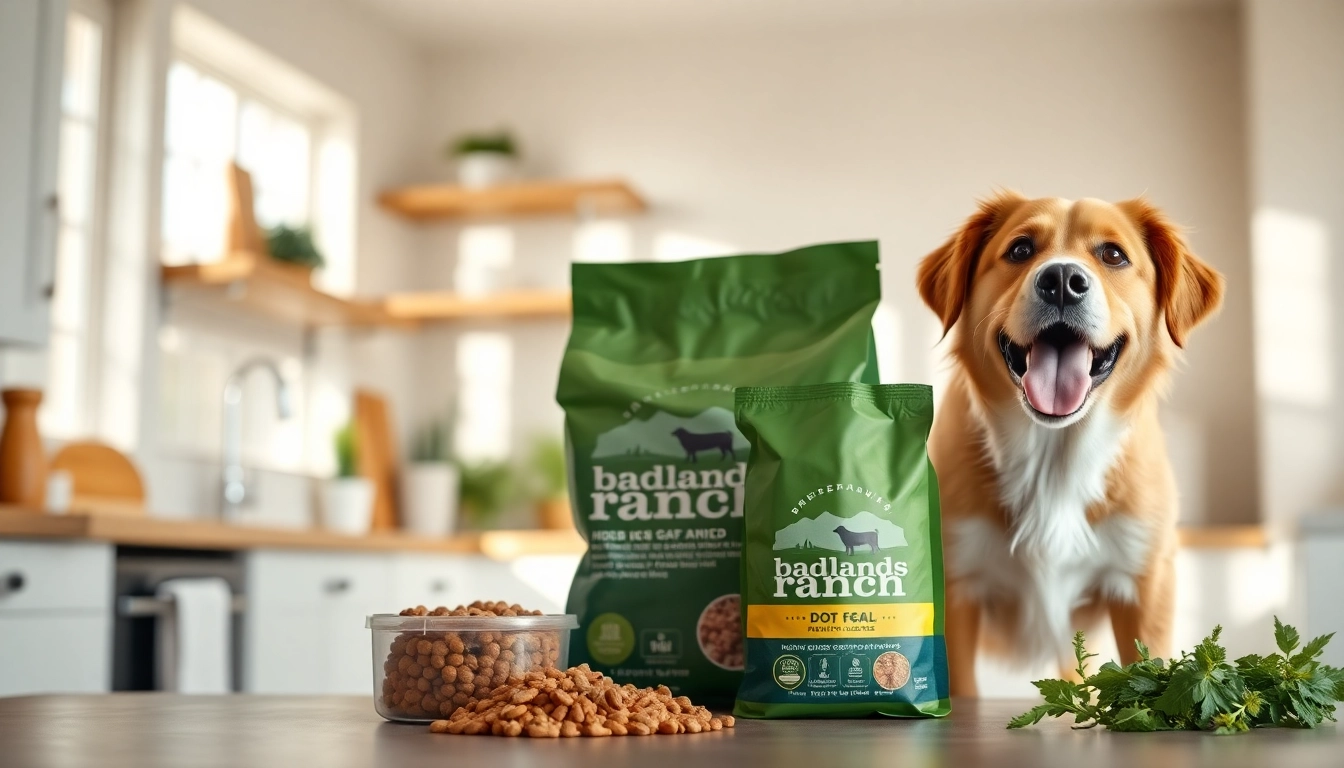
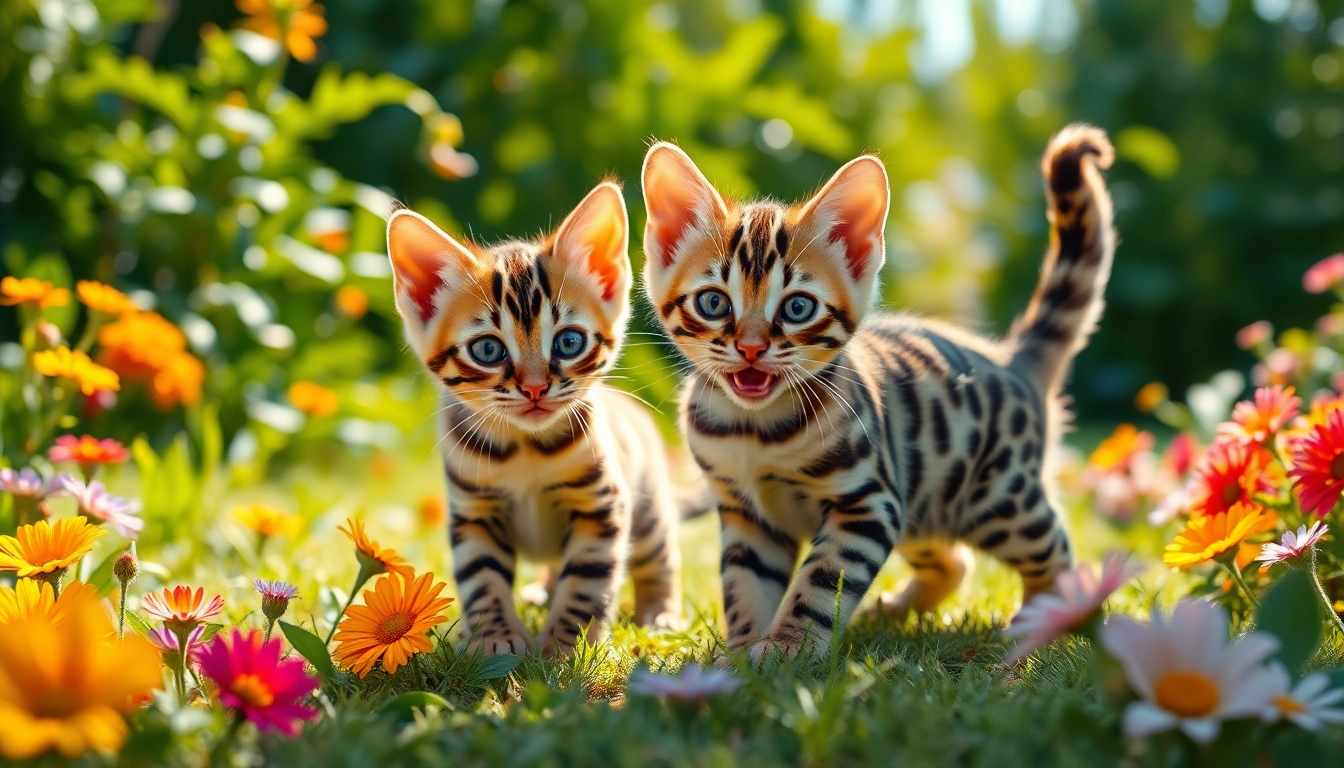


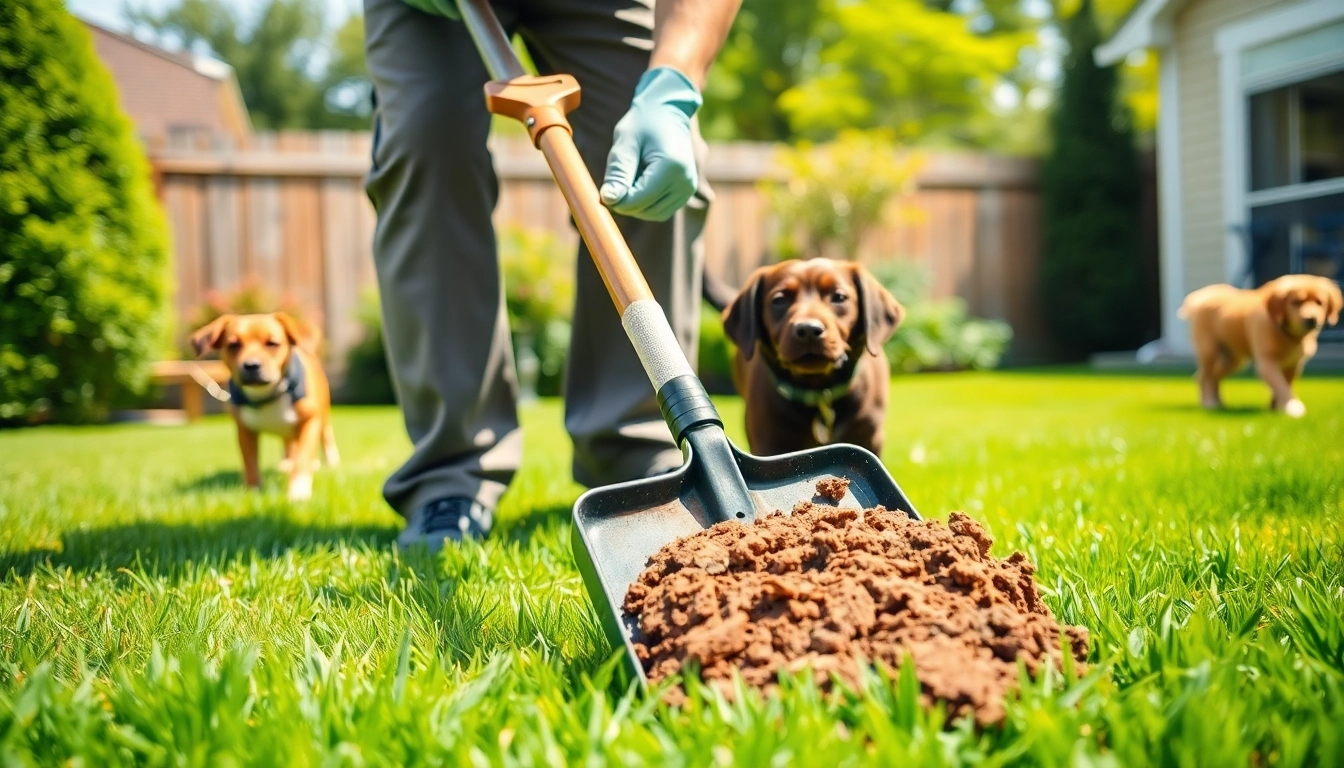



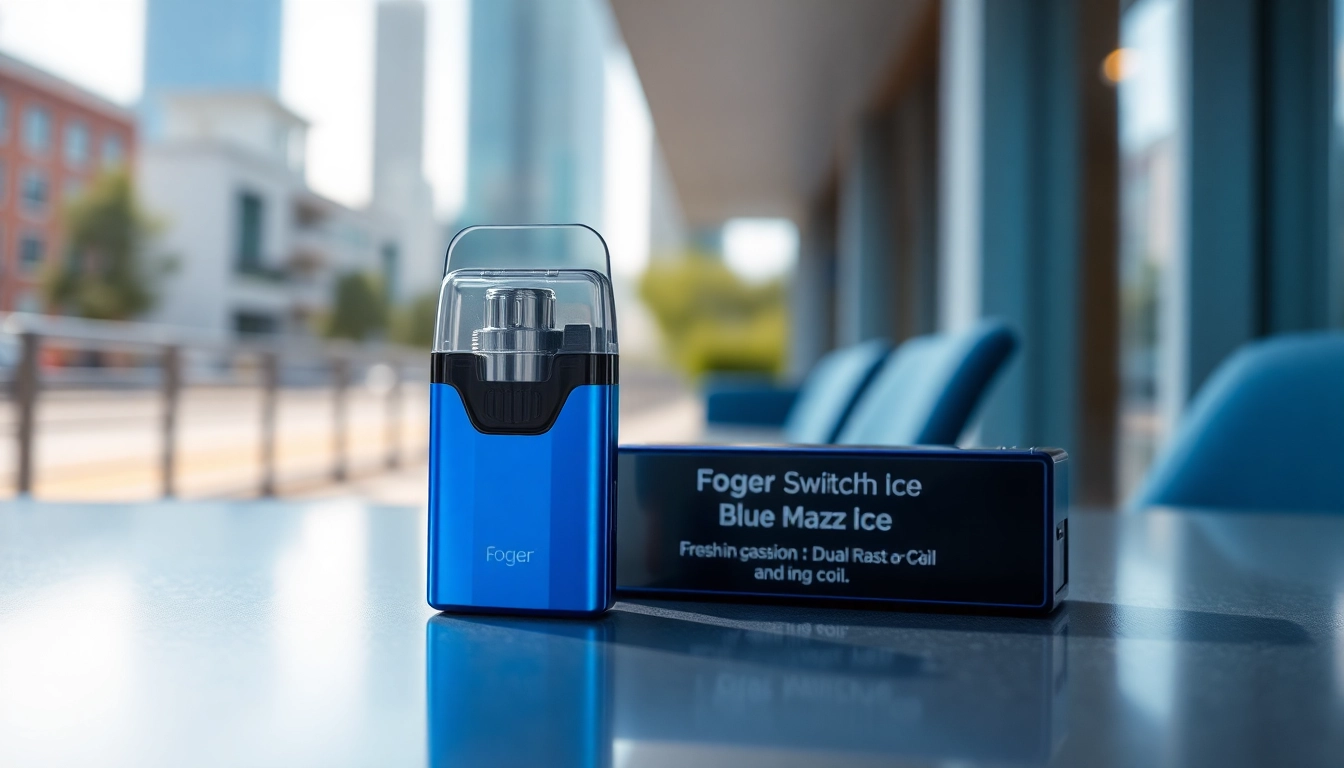
Leave a Reply